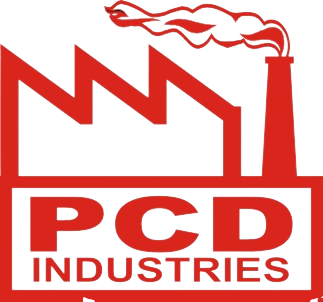It derives its name from a production process Crush, Tear, Curl. It is a process by which a number of cylindrical rollers are used to make an even cut tea pellet.
History of CTC Tea – India’s Gift to Tea Lovers
Col. James Buckingham was born on March 23, 1843. Son of late Reverend J. Buckingham, Devon. He planted Amgoorie Tea Estate in Assam.
Sir William McKercher In 1931, was the Superintendent of Amgoorie Tea Estate and he invented the CTC tea manufacturing process. His invention had spread across India and Africa by 1950, and he left an indelible mark on the tea industry.
Today, CTC Tea is the most widely consumed tea in the world.

Mechanism and Objectives
he equipment completes the leaf maceration process partly accomplished in the upstream Rotorvane equipment. Maceration is most critical in case of Black CTC tea, as the oxidation must encompass the complete leaf even in twisted condition right up to the core during the fermentation process to ensure the needed liquor characteristics to develop in the final product.
The word C.T.C. stands for the actions of ‘Crush, Tear and Curl’, since crushing or macerating is the main objective and tearing is the design-inherent action, which actually takes place in this equipment leading to the cutting of the leaves for sizing.
The severe maceration action also initiates the micronisation action, which is to be completed in a controlled manner by some mechanism to achieve the intended reduction in size(s), as best possible. This is also to be followed immediately with the curling action on each of the cut particle to attain the desired shapes. All these three actions are to be arranged to be conducted one after the other in the same equipment, before discharge.
The final levels of maceration, size reduction and shaping to be achieved is not generally attained in a single stage activity, but through several stages of similar actions with preferably gradual increase in the intensity of different
Design Objectives
From the study of the process mechanism, as mentioned in above, the following main design objectives had been arrived at, for the process equipment.
- The leaves are to be subjected to some crushing action, as a direct or in-direct result of the applied force(s), to release the juice, water and the enzymes etc from the leaf cells to the desired extent
- The juice and water mixture released due to the crushing action is to be thoroughly wrapped up and absorbed by all the leaf particles by the end of the process, i.e. before being discharged out of the concerned stage equipment.
- Reduce the size of individual leaf to several smaller ones by inducing some sort of shearing/tearing or cutting action
- To impart desired twisting or curling action on the torn/cut particles for each of these to acquire the intended shapes, to be acceptably attractive in the market after drying.
- The main force applied on the Rotorvaned leaf in CTC is the hammering one. The severity of applied maceration impact, types of size reduction and twisting/curling effects to be achieved would vary with the quality of the plucked leaf and also for different varieties of tea manufacture.
- The CTC machine in the CTC tea manufacturing process plays a very critical role for both the quantity and most of the physical quality aspects or the so called “appearance” of the final product. Hence the performance of CTC machine is critical in tea making of CTC variety of tea and “it’s use or abuse would naturally affect accordingly it’s sale realisation price”.
We, PCD Industries is a leading manufacturer of CTC Tea Machinery in Kolkata . We are a renewed name in this Industry . We are the best manufacturer and supplier of CTC Tea Processing Machinery , Orthodox Tea Processing Machinery and Green Tea Processing Machinery in kolkata.. If you want to get this , then you all can contact with us .


